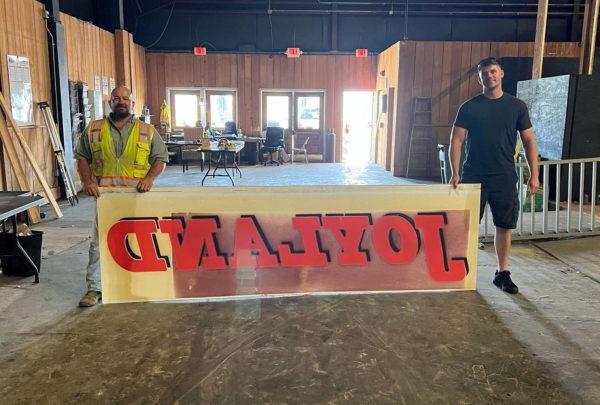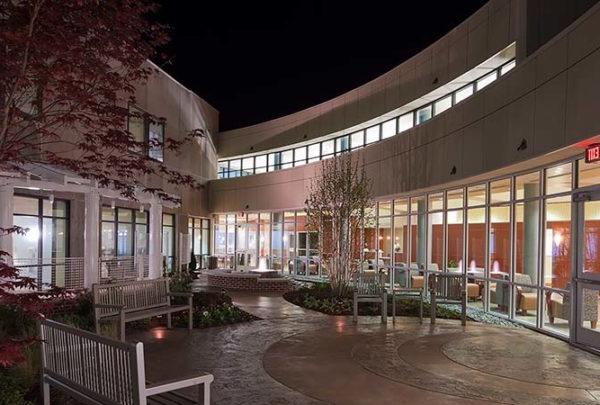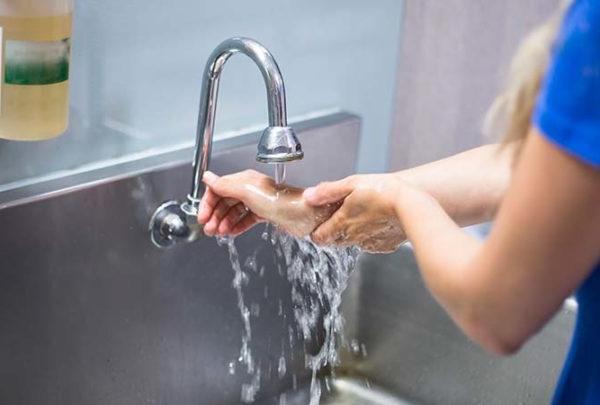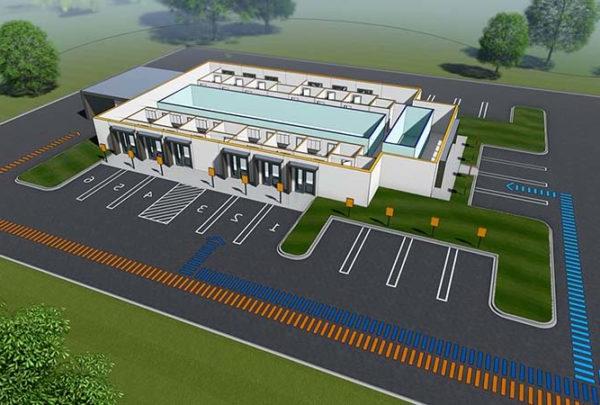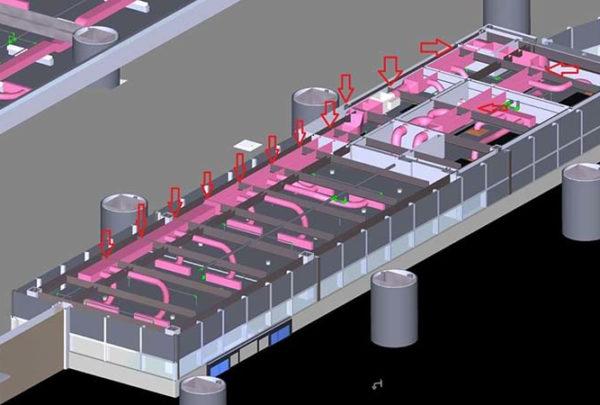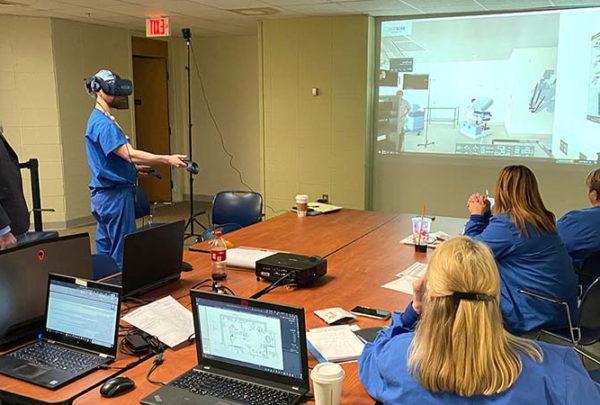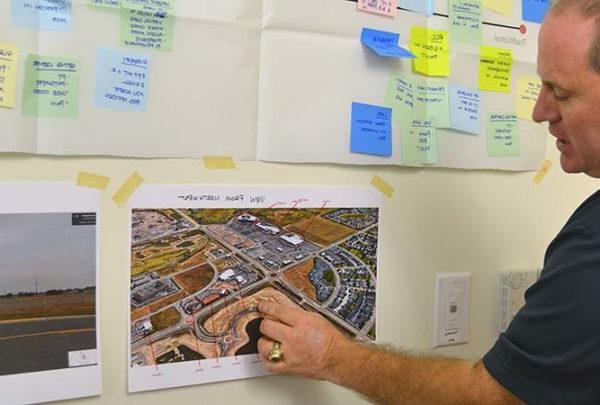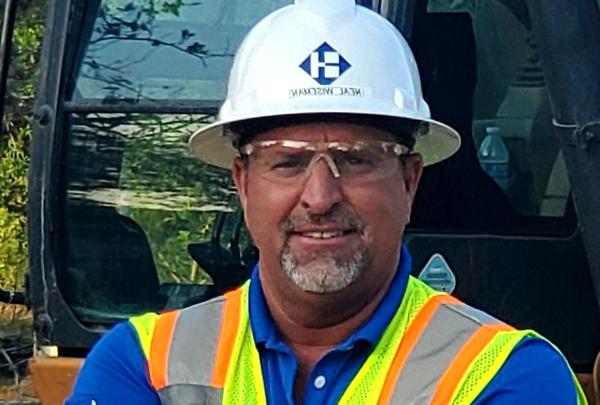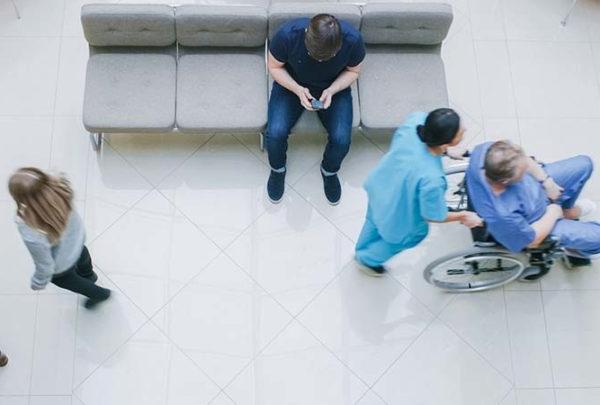What if we could be proactive about behavioral health rather than reactive?
We cannot control people or their behaviors, but we can educate. We spend most of our lives learning how to cope with scenarios we have no control over or how to control ourselves in situations we did not create. We watch the examples around us and emulate or choose to respond contrary based on the assumed outcomes. This presents an opportunity for us as a society.
What if we integrated behavioral health and mental health education into our daily lives, as children, as adults? What if we taught ourselves to better evaluate situations and respond in ways that are calmer with clearer heads?
As adjuncts to healthcare providers, we can advocate for improved outcomes through strategies, operational adjustments, and even facility design. Community outreach and embedding behavioral health providers in our everyday lives mean changing the way we think about behavioral healthcare. It’s no longer a service accessed after something happens but an education that we continue throughout life.
Normalizing the effort. Reducing the stigma. It’s not so weird when people realize they’re not alone in what they are going through. As healthcare providers, we have a multitude of resources to bring behavioral health education out of the shadows:
- Alternative sites for care
- Schools, through educational programs, teaching people how to process their emotions and thoughts.
- Parks, outdoor treatment spaces provide healing efforts beyond person-to-person counseling.
- Gyms and wellness centers, physical activity, and nutrition education directly impact mental health while also providing a non-institutional setting to ask “How are you doing today?” or provide information on a new superfood that helps with heart health.
- Community centers, events where people gather, not for the purpose of behavioral health education but tying it into whatever event they are there for, and not in a manner that declares it as a deficiency in self. Behavioral and mental health are a part of all of us. It’s that segregation of our mental wellbeing that stigmatizes the search for help.
- Creating safe environments for care
- Not just for those within the hospital setting, where we’ve already made significant strides in safe environments, but those seeking to better their lives through a healthy integration of something they know less about.
- Finding someone to trust means more people need to learn how to help, not just medical providers but community leaders and outreach providers, the person that greets you at the grocery store or the neighborhood patrolman.
- Medical providers and qualified educators can provide additional education to other community members who have high interaction rates with the general population. This is an opportunity for our health systems to integrate further into their local communities.
- Meeting people where they are, in lieu of expecting them to seek assistance in a foreign place.
- Telehealth is an excellent example of taking the care to the patient, where a patient can remain in the comfort of their self-designated safe space and be more able to receive the help of others.
- Placing providers in locations where people work and play and learn.
- Regular screenings
- Today, I have my temperature checked and answer questions before I can enter my office. Could that same process be enhanced by asking me a few additional questions. Could training that assessor to recognize verbal queues and body language that suggest someone needs help alleviating stressors for an individual that enhances their day or even their productivity?
- If additional responses were obtained, a provider could monitor the assessor’s log and reach out to an individual in need of assistance. Even a patient navigator could break the ice to get that person care they might have otherwise never realized they needed.
What if it was normal to talk about what is bothering you? What if we grew up with a better understanding of our own thoughts and emotions?
We can continue to build acute behavioral health beds and our providers will continue to fill them. The sheer demand is readily present. However, how many of these inpatient cases could we have eliminated or reduced the length of stay prior to needing hospitalization by further investing in educating people beyond our medical doors? We can integrate into hiring processes to educate new recruits in the community or provide clinical oversight for our school systems with a group of deployed counselors located inside the schools for teaching students in a classroom format as well as one-on-one counseling services.
In the future, we may not have to build as many inpatient beds if we are leveraging the many possibilities of alternative sites of care. We can reduce utilization rates by reaching outside of our everyday box.












